
Ayacucho Culture: Explore 10 Enriching Experiences
Table of Contents
Ayacucho Culture
Ayacucho culture is a fascinating blend of rich traditions and vibrant festivals, set against the backdrop of stunning Andean landscapes. Located in the heart of Peru, Ayacucho is known for its colorful artisan crafts, historical significance, and deep-rooted customs that have been preserved for generations. In this article, we will explore 10 enriching experiences that highlight the unique aspects of Ayacucho culture, from its festive celebrations to its artisanal practices. Join us on a journey through this charming region that perfectly encapsulates the essence of Peruvian heritage.
Want to find the best travel deals for this destination? personalized adventure planner with our adventure planning specialist!
1. Discover the Artisan Crafts of Ayacucho Culture
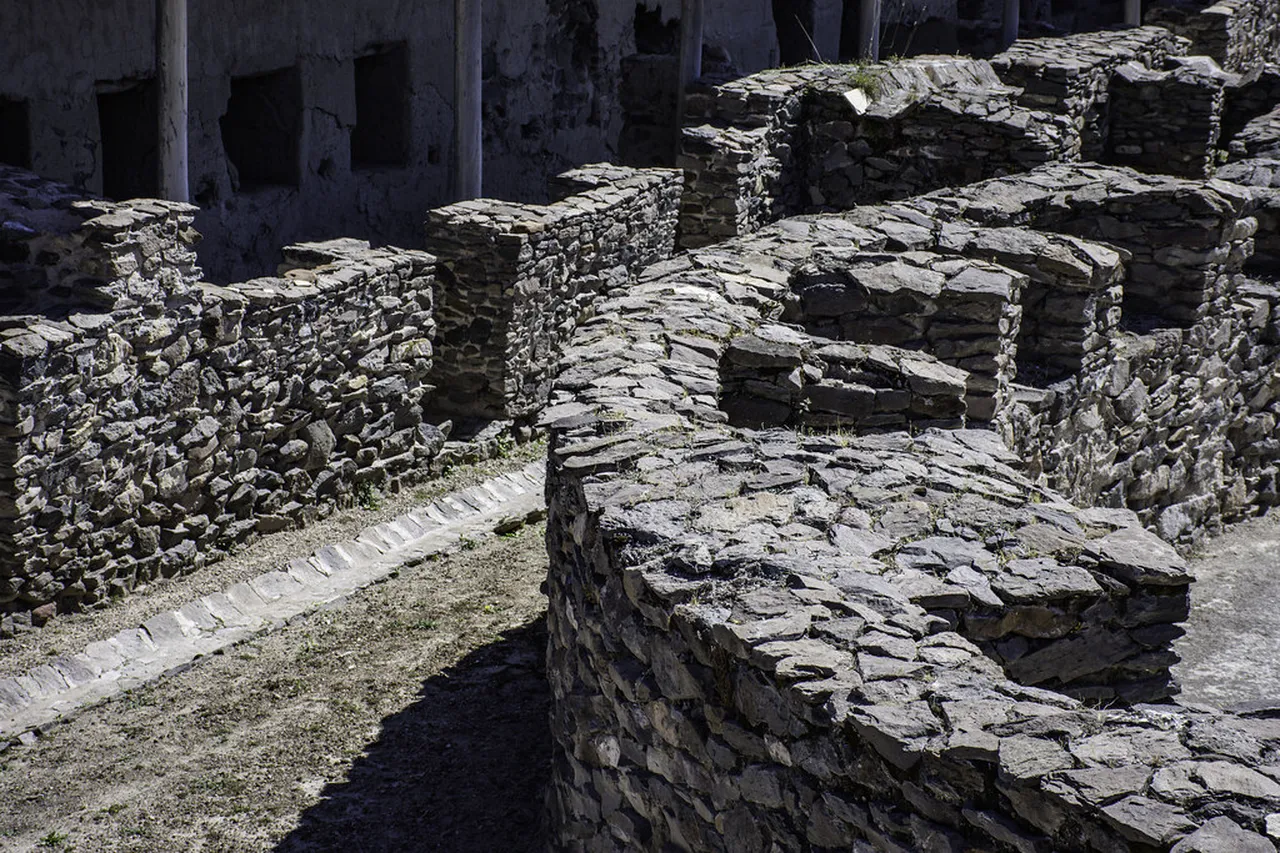
The Ayacucho culture is renowned for its exquisite artisan crafts that reflect the region’s rich history and traditions. Visiting local workshops, you can find artisans meticulously creating intricate handicrafts, from vibrant textiles to delicate ceramics. Moreover, the artisans often incorporate indigenous techniques passed down through generations.
One of the most notable crafts is the textile weaving, which features vibrant colors and traditional patterns. As you explore the markets, don’t miss the opportunity to purchase handmade tapestries or clothing that showcase the beautiful workmanship of the local people. Additionally, visiting during crafting festivals can provide insights into the production process.
To discover these artisan crafts further, take a guided tour or attend workshops. This hands-on experience not only supports the local economy but also helps preserve the unique Ayacucho culture.
2. Celebrating Semana Santa: The Grand Easter Festival
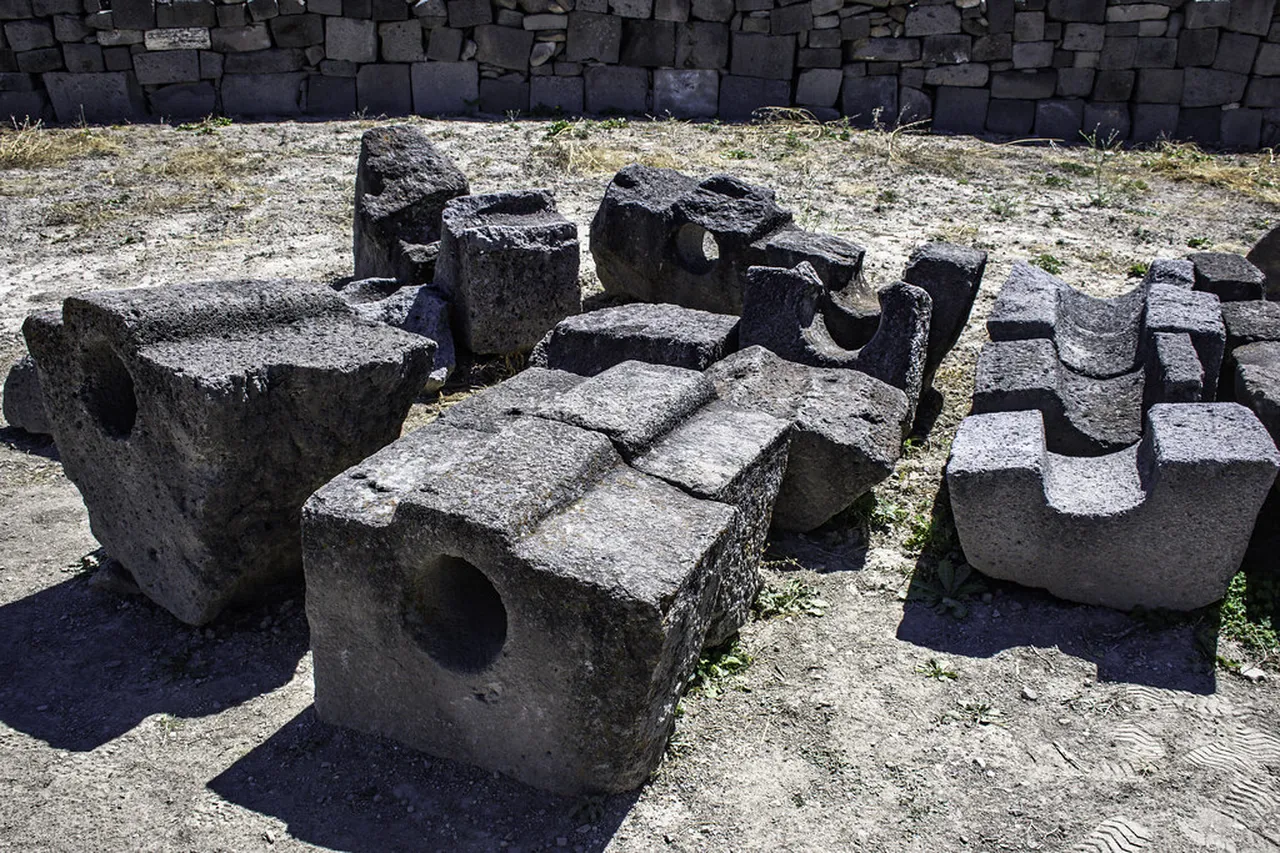
Semana Santa, or Holy Week, is a significant celebration in Ayacucho, attracting visitors from all over. The festivities combine deep religious significance with vibrant cultural expressions, making it a unique experience. In fact, during this week, the streets come alive with colorful processions, traditional music, and elaborate decorations.
Particularly notable are the candlelit processions where thousands of participants dress in traditional clothing, showcasing the strong connection between spirituality and culture. Furthermore, local artists often create stunning alfombras (carpets) of colored sawdust and flowers along the parade routes.
Celebrating Semana Santa offers a glimpse into Ayacucho’s devotion and traditional practices, imbuing the atmosphere with a profound sense of community. Thus, if your travels allow, witness this remarkable event to enrich your understanding of the region’s cultural heritage.
3. The Ancient Traditions of Ayacucho’s Huari Heritage
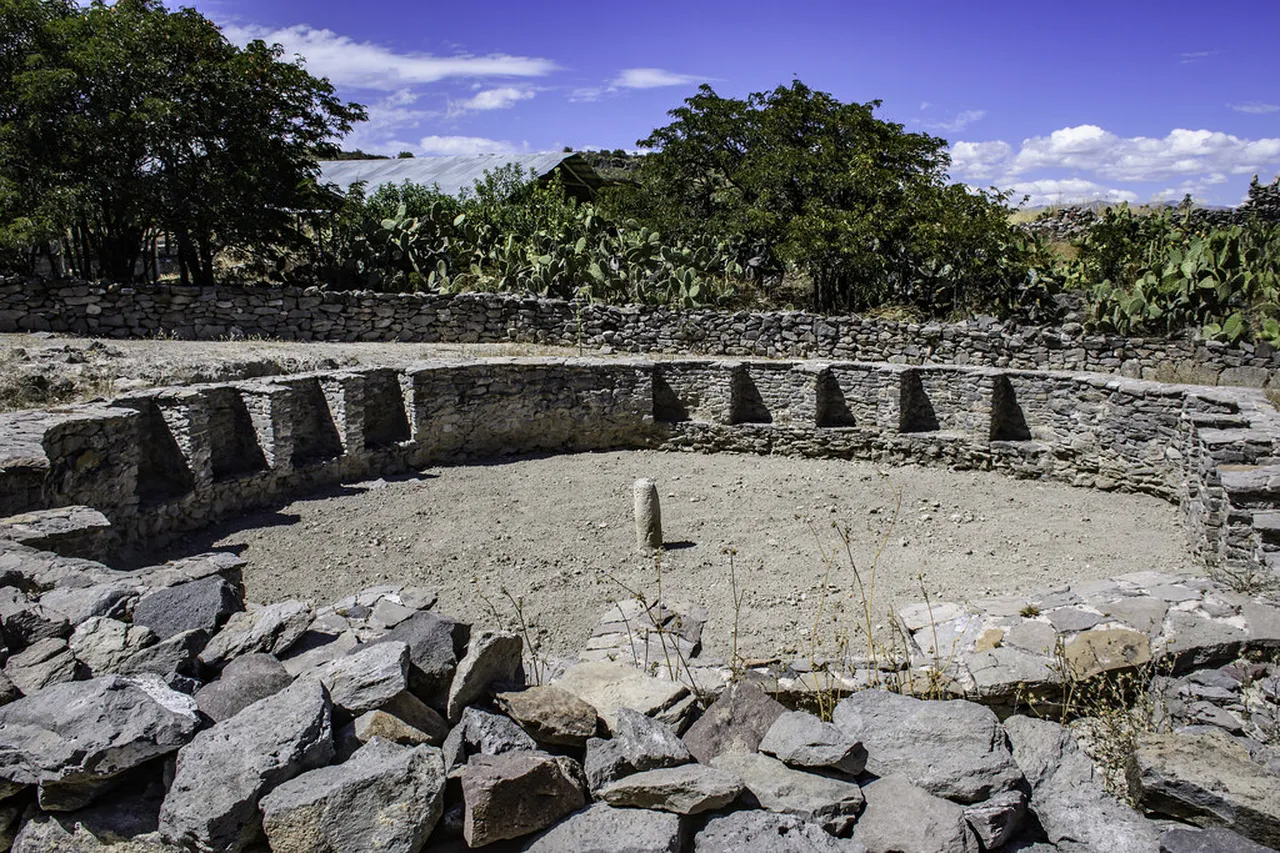
The Huari civilization, which thrived in the region from 500 to 1000 AD, has profoundly influenced the Ayacucho culture. Archaeological sites reveal a rich tapestry of traditions that still resonate today. These ancient customs are reflected not only in local art but also in festivals and daily practices.
Walking through the historic town, you might encounter remnants of Huari architecture and pottery. Additionally, it’s fascinating to note how these ancient practices blend with modern techniques, resulting in a unique cultural expression. Visiting significant sites, such as the Huari ruins, can provide valuable insights into the historical context.
Moreover, engaging in community Events allows you to appreciate the ongoing legacy of the Huari heritage. By experiencing these traditions firsthand, you deepen your connection to Ayacucho’s vibrant cultural landscape.
4. Experience Local Gastronomy: Taste Traditional Dishes
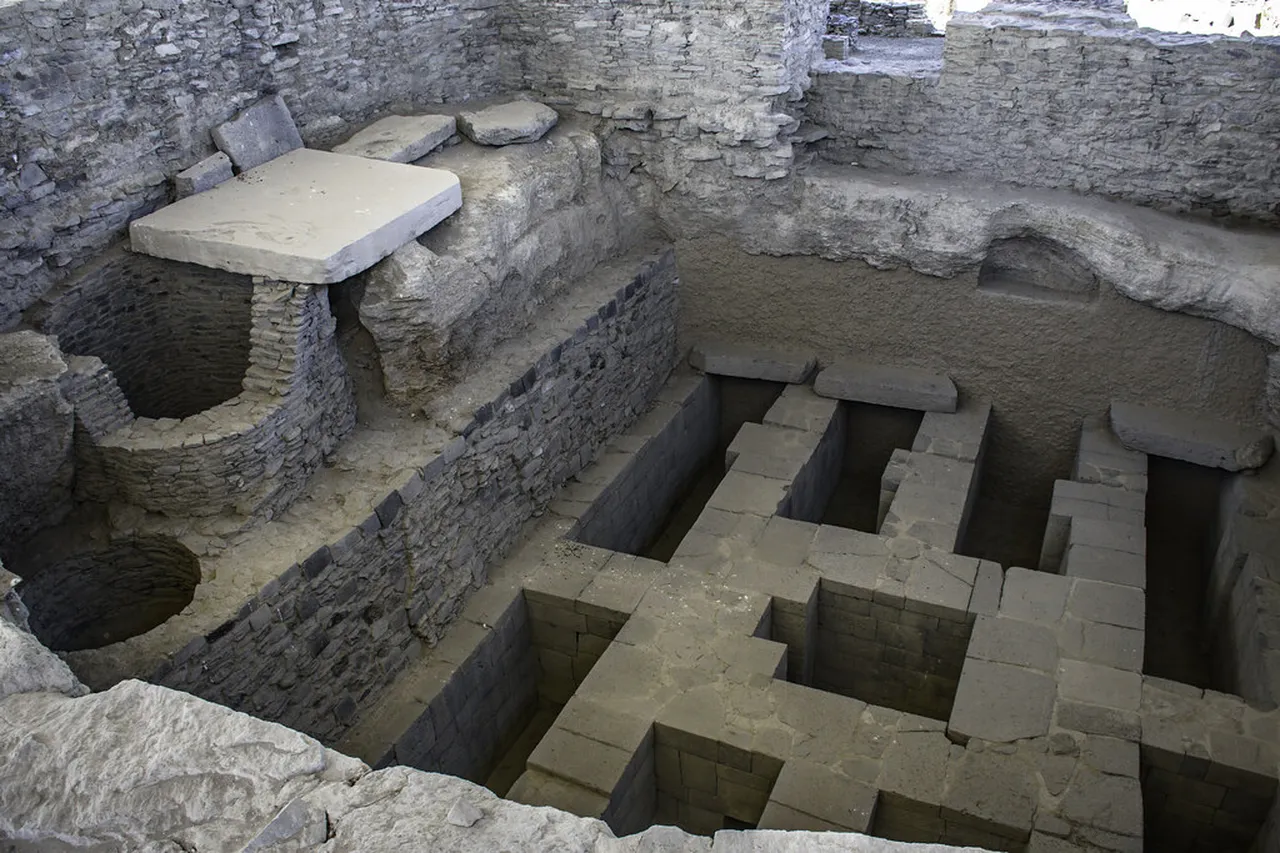
The rich Ayacucho Culture is not only reflected in its arts but also in its delicious cuisine. When visiting Ayacucho, you must try the traditional dishes that highlight the region’s culinary heritage. One of the must-try dishes is ‘ pachamanca,’ a delicious blend of meats and potatoes slow-cooked in an underground oven with herbs. The result is a savory dish bursting with flavors.
In addition, you cannot leave Ayacucho without tasting aywaar, a hearty soup made from meat and spices. Moreover, sweet treats such as mazamorra morada, a purple corn pudding, provide a delightful end to your meal. These dishes are often prepared with passion, reflecting the rich traditions of the local community.
Thus, experiencing local gastronomy is an essential part of understanding Ayacucho Culture. Restaurants and families alike take pride in maintaining these culinary practices. So be sure to indulge!
5. The Role of Music and Dance in Ayacucho Culture
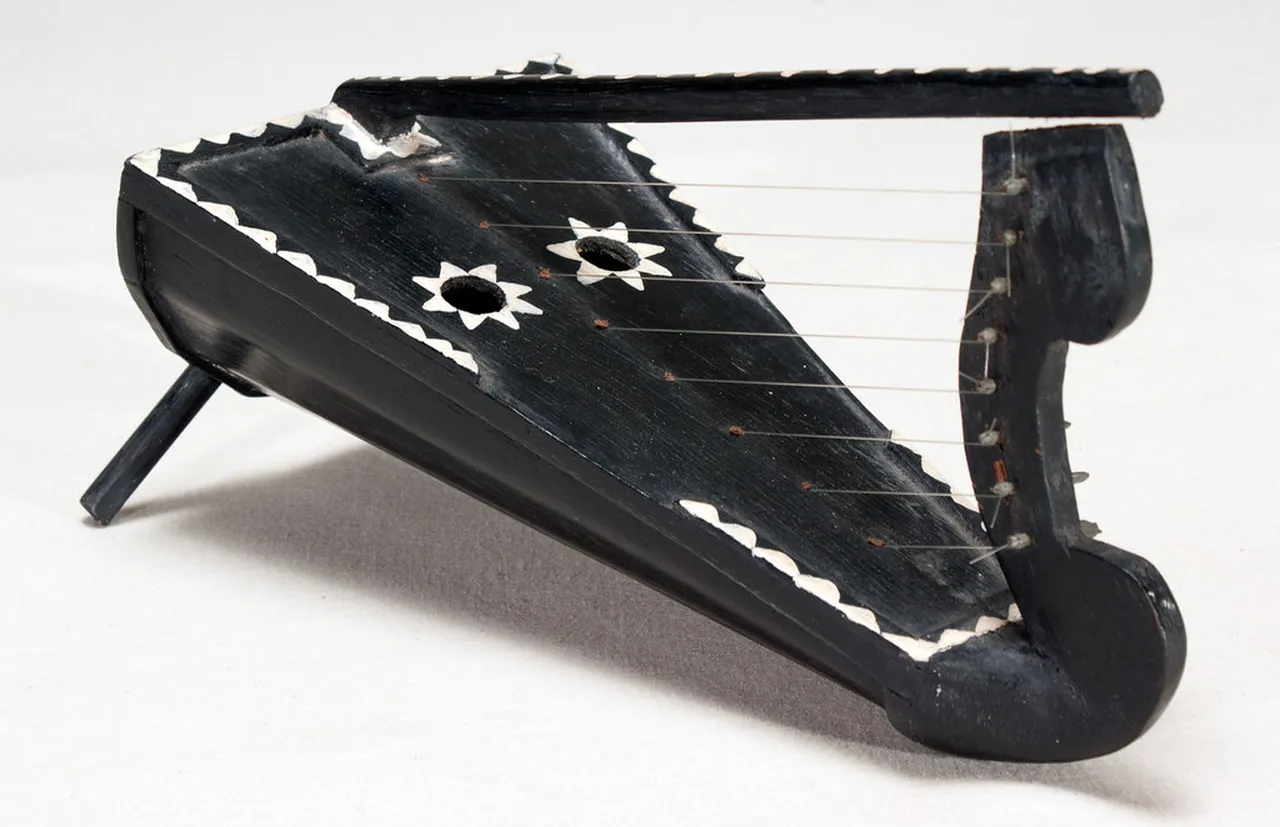
Music and dance play a pivotal role in Ayacucho Culture, acting as a vibrant expression of its traditions and values. Local folk music, influenced by indigenous and Spanish traditions, is characterized by the use of traditional instruments such as the charango and quena. These instruments create melodies that are not only lively but also evoke the spirit of the Ayacuchan people.
Moreover, festivals provide an excellent opportunity to experience the exuberance of live performances. Dancers in traditional attire perform various folk dances, each with historical significance. For instance, the Huaylas dance showcases the region’s farming heritage and is often performed during harvest celebrations.
In conclusion, engaging with music and dance offers tourists a deeper insight into Ayacucho Culture. It acts as both a social activity and a way to preserve the region’s rich history.
6. Ayacucho’s Historical Significance: A Tour of Its Museums
Ayacucho is not only a cultural hub but also a place of immense historical importance. A visit to its museums is essential for anyone looking to understand Ayacucho Culture. The Municipal Museum, for instance, houses various artifacts that showcase the region’s rich past, ranging from ancient Huari civilization items to colonial-era artworks.
Additionally, the Centro de Interpretación de la Cultura Huari provides insight into the pre-Columbian culture that shaped the area. Here, visitors can immerse themselves in exhibits that detail the daily life and rituals of the Huari people. Transitioning from ancient times to the present, the museum also addresses the socio-political changes that have taken place throughout Ayacucho’s history.
In summary, exploring museums in Ayacucho is crucial for anyone wishing to grasp the historical significance of this region. It enhances one’s understanding of the intertwined narratives that make up Ayacucho Culture.
7. Pilgrimage to the Sanctuary of Las Nazarenas
The Sanctuary of Las Nazarenas is a beacon of faith and devotion, drawing thousands of pilgrims and tourists alike. Every year, this sacred site hosts numerous devotees who seek blessings from the revered image of the Lord of Huanca. The atmosphere radiates spirituality, especially during the pilgrimage in September, when the faithful embark on a journey filled with prayer and reflection.
In addition, the scenic route to the sanctuary offers breathtaking views of the surrounding landscapes. As you trek along this path, you will encounter stunning vistas that enhance the spiritual experience. Moreover, taking part in this pilgrimage allows visitors to immerse themselves in Ayacucho culture, connecting with locals through shared traditions and stories.
Pro Tip: Consider visiting during the evening mass to experience a captivating atmosphere filled with angelic music and heartfelt prayers.
8. Enjoying the Vibrant Festivals of Ayacucho Culture
The festivals of Ayacucho are a vivid display of the region’s rich cultural heritage. They feature colorful parades, traditional dances, and captivating music that engage visitors and locals alike. One of the most notable celebrations is the Ayacucho Carnival, where festive attire and joyful spirit take center stage.
As you join the festivities, you will be enchanted by the blending of ancient customs with modern touches. Additionally, these events provide a perfect opportunity to taste local delicacies and interact with artisans showcasing their crafts. Furthermore, participating in these festivals will deepen your understanding of Ayacucho culture and its vibrant community spirit.
9. The Influence of Colonial Architecture on Ayacucho Culture
Ayacucho’s architectural landscape is mesmerizing, revealing layers of history that reflect its colonial past. The colonial architecture prominently features stunning churches and plazas that capture the essence of Ayacucho’s rich culture. For instance, the Cathedral of Ayacucho and its breathtaking altars are must-see attractions for architecture enthusiasts.
Visiting these historic sites allows travelers to appreciate the intricate designs and religious significance embedded in the structures. Moreover, strolling through the Plaza de Armas offers an immersive experience, showcasing the blending of indigenous and Spanish influences. Thus, Ayacucho’s colonial architecture not only enhances its cultural identity but also serves as a lasting reminder of the region’s complex history.
10. Exploring Local Markets: A Shopping Experience
Tip: Discover the best Ayacucho experiences with Viator Tours!
If you want to immerse yourself in the vibrant Ayacucho culture, visiting the local markets is an absolute must. These markets are not only a shopping destination but also a window into the rich traditions and craftsmanship of the region. For instance, the bustling Mercado Inca is famous for its colorful textiles and artisan goods. Here, you can find handwoven tapestries, intricate pottery, and traditional jewelry that reflect the unique artistry of the area.
Moreover, engaging with local vendors provides an authentic experience. As you stroll through the stalls, take the time to learn about the stories behind the crafts. Not only does this support local artisans, but it also deepens your appreciation for the Ayacucho culture.
Pro Tip: Try to visit during the morning hours when the market is liveliest and the freshest goods are available.
In addition to handicrafts, you can also indulge in local delicacies. From delicious street food to fresh fruits, the markets serve as a culinary adventure. In summary, exploring these vibrant local markets offers a holistic view of Ayacucho’s traditions and flavors.
Ayacucho culture is a tapestry of traditions, celebrations, and artistry that reflects the deep identity of this Peruvian region. From colorful festivals like Semana Santa to the exquisite artisan crafts found in local markets, each experience offers a window into the heart of Ayacucho’s rich heritage. We encourage you to immerse yourself in these cultural experiences and discover the beauty of Ayacucho for yourself. What aspects of Ayacucho culture are you eager to explore? Share your thoughts below!